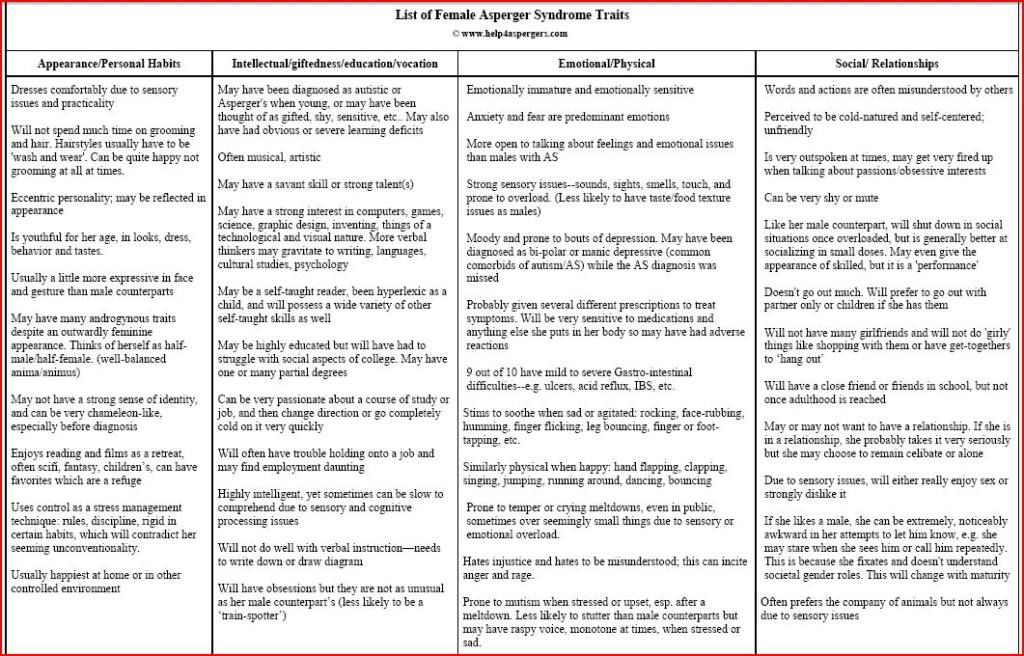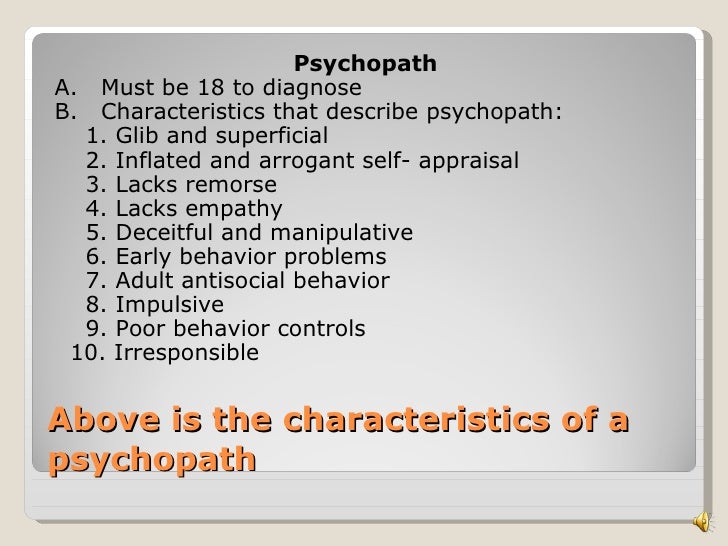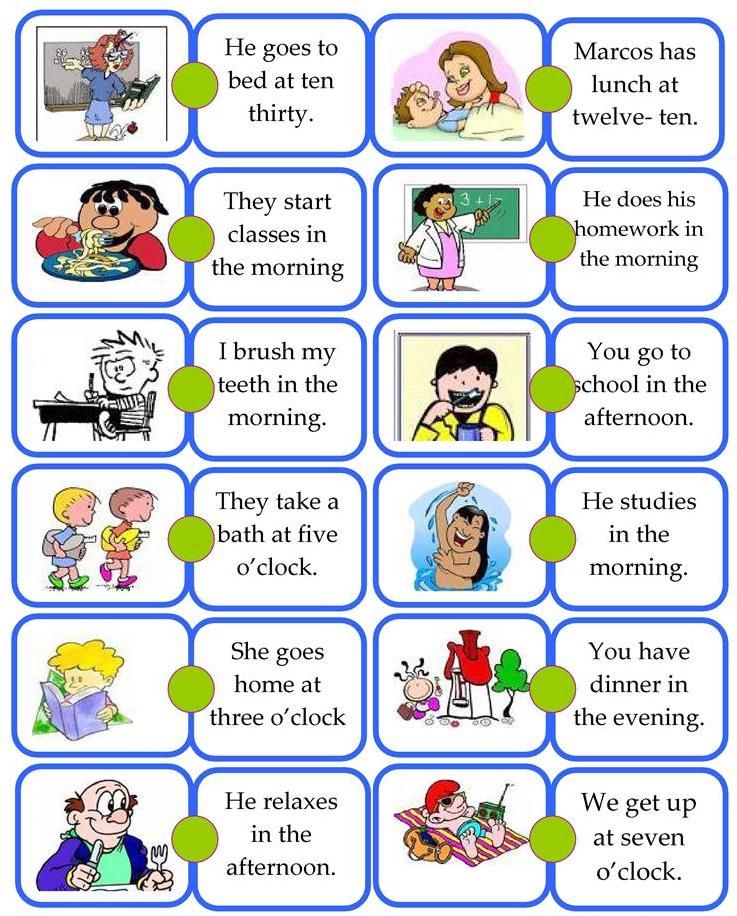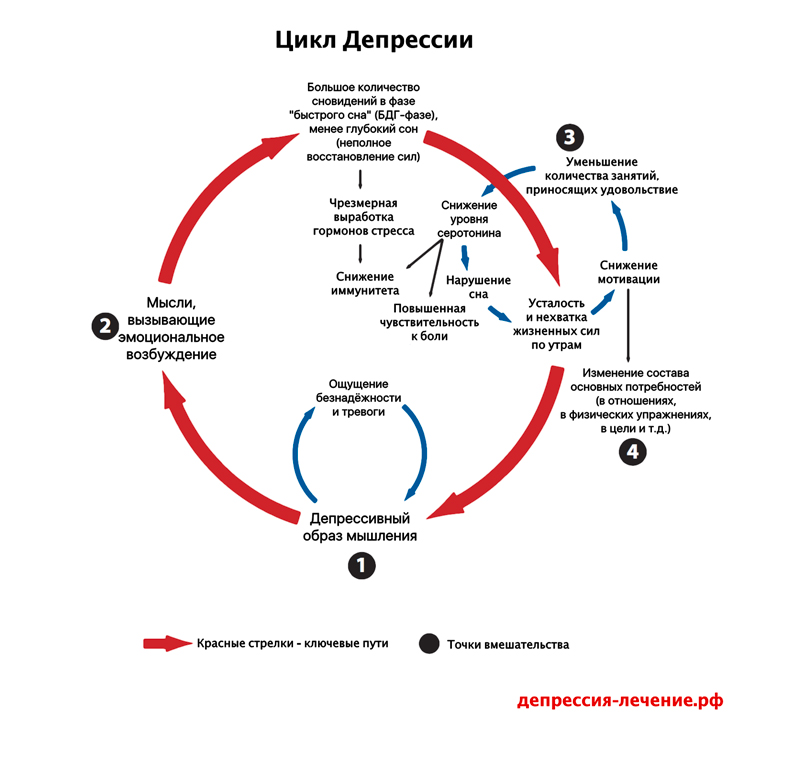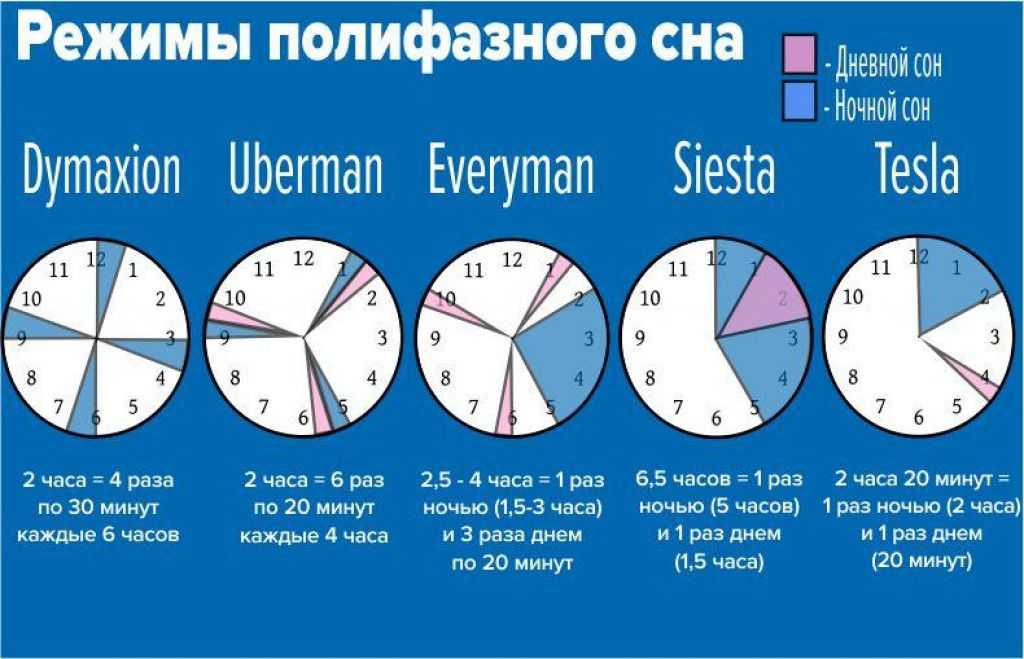Loss of a loved pet
Coping with Losing a Pet
grief & loss
It’s natural to feel devastated by feelings of grief and sadness when a beloved dog, cat, or other pet dies. These tips can help you cope.
Why does the loss of a pet hurt so much?
Many of us share an intense love and bond with our animal companions. For us, a pet is not “just a dog” or “just a cat,” but rather a beloved member of our family, bringing companionship, fun, and joy to our lives. A pet can add structure to your day, keep you active and social, help you to overcome setbacks and challenges in life, and even provide a sense of meaning or purpose. So, when a cherished pet dies, it’s normal to feel racked by grief and loss.
The pain of loss can often feel overwhelming and trigger all sorts of painful and difficult emotions. While some people may not understand the depth of feeling you had for your pet, you should never feel guilty or ashamed about grieving for an animal friend.
While we all respond to loss differently, the level of grief you experience will often depend on factors such as your age and personality, the age of your pet, and the circumstances of their death. Generally, the more significant your pet was to you, the more intense the emotional pain you’ll feel.
The role the animal played in your life can also have an impact. For example, if your pet was a working dog, service animal, or therapy animal, you’ll not only be grieving the loss of a companion but also the loss of a coworker, the loss of your independence, or the loss of emotional support. If you lived alone and the pet was your only companion, coming to terms with their loss can be even harder. And if you were unable to afford expensive veterinary treatment to prolong your pet’s life, you may even feel a profound sense of guilt.
While experiencing loss is an inevitable part of owning a pet, there are healthy ways to cope with the pain, come to terms with your grief, and when the time is right, perhaps even open your heart to another animal companion.
With over 25,000 licensed counselors, BetterHelp has a therapist that fits your needs. It's easy, affordable, and convenient.
GET 20% OFF
Online-Therapy.com is a complete toolbox of support, when you need it, on your schedule. It only takes a few minutes to sign up.
GET 20% OFF
Teen Counseling is an online therapy service for teens and young adults. Connect with your counselor by video, phone, or chat.
GET 20% OFF
The grieving process after the loss of a pet
Grieving is a highly individual experience. Some people find grief following the loss of a pet comes in stages, where they experience different feelings such as denial, anger, guilt, depression, and eventually acceptance and resolution. Others find that their grief is more cyclical, coming in waves, or a series of highs and lows. The lows are likely to be deeper and longer at the beginning and then gradually become shorter and less intense as time goes by. Still, even years after a loss, a sight, a sound, or a special anniversary can spark memories that trigger a strong sense of grief.
The grieving process happens only gradually. It can't be forced or hurried—and there is no “normal” timetable for grieving. Some people start to feel better in weeks or months. For others, the grieving process is measured in years. Whatever your grief experience, it's important to be patient with yourself and allow the process to naturally unfold.
It can't be forced or hurried—and there is no “normal” timetable for grieving. Some people start to feel better in weeks or months. For others, the grieving process is measured in years. Whatever your grief experience, it's important to be patient with yourself and allow the process to naturally unfold.
Feeling sad, shocked, or lonely is a normal reaction to the loss of a beloved pet. Exhibiting these feelings doesn't mean you are weak or your feelings are somehow misplaced. It just means that you're mourning the loss of an animal you loved, so you shouldn't feel ashamed.
Trying to ignore your pain or keep it from surfacing will only make it worse in the long run. For real healing, it is necessary to face your grief and actively deal with it. By expressing your grief, you'll likely need less time to heal than if you withhold or “bottle up” your feelings. Write about your feelings and talk about them with others who are sympathetic to your loss.
Coping with the grief of pet loss
Sorrow and grief are normal and natural responses to death. Like grief for our friends and loved ones, grief for our animal companions can only be dealt with over time, but there are healthy ways to cope with the pain. Here are some suggestions:
Don't let anyone tell you how to feel, and don't tell yourself how to feel either. Your grief is your own, and no one else can tell you when it's time to “move on” or “get over it.” Let yourself feel whatever you feel without embarrassment or judgment. It's okay to be angry, to cry or not to cry. It's also okay to laugh, to find moments of joy, and to let go when you're ready.
Reach out to others who have lost pets. Check out online message boards, pet loss hotlines, and pet loss support groups—see the Resources section below for details. If your own friends and family members are not sympathetic about pet loss, find someone who is. Often, another person who has also experienced the loss of a beloved pet may better understand what you're going through.
Rituals can help healing. A funeral can help you and your family members openly express your feelings. Ignore people who think it's inappropriate to hold a funeral for a pet, and do what feels right for you.
Create a legacy. Preparing a memorial, planting a tree in memory of your pet, compiling a photo album or scrapbook, or otherwise sharing the memories you enjoyed with your pet, can create a legacy to celebrate the life of your animal companion. Remembering the fun and love you shared with your pet can help you to eventually move on.
Look after yourself. The stress of losing a pet can quickly deplete your energy and emotional reserves. Looking after your physical and emotional needs will help you get through this difficult time. Spend time face to face with people who care about you, eat a healthy diet, get plenty of sleep, and exercise regularly to release endorphins and help boost your mood.
If you have other pets, try to maintain your normal routine.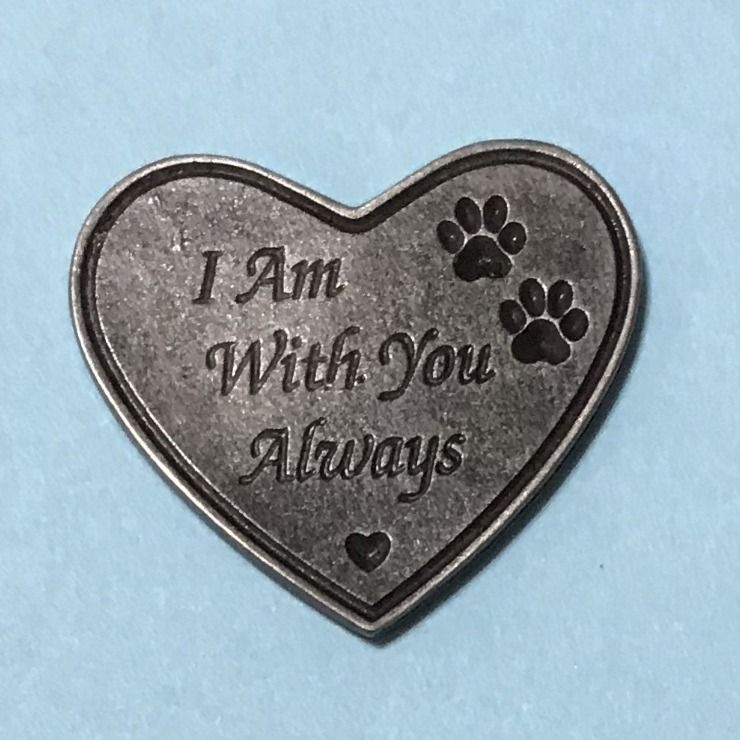 Surviving pets can also experience loss when a pet dies, or they may become distressed by your sorrow. Maintaining their daily routines, or even increasing exercise and play times, will not only benefit the surviving pets but can also help to elevate your mood and outlook, too.
Surviving pets can also experience loss when a pet dies, or they may become distressed by your sorrow. Maintaining their daily routines, or even increasing exercise and play times, will not only benefit the surviving pets but can also help to elevate your mood and outlook, too.
Seek professional help if you need it. If your grief is persistent and interferes with your ability to function, your doctor or a mental health professional can evaluate you for depression.
Dealing with the loss of a pet when others devalue your loss
One aspect that can make grieving for the loss of a pet so difficult is that pet loss is not appreciated by everyone. Some friends and family may say, “What's the big deal? It's just a pet!” Some people assume that pet loss shouldn't hurt as much as human loss, or that it is somehow inappropriate to grieve for an animal. They may not understand because they don't have a pet of their own or are unable to appreciate the companionship and love that a pet can provide.
- Don't argue with others about whether your grief is appropriate or not.
- Accept the fact that the best support for your grief may come from outside your usual circle of friends and family members.
- Seek out others who have lost pets; those who can appreciate the magnitude of your loss, and may be able to suggest ways of getting through the grieving process.
Tips for seniors grieving the death of a pet
As we age, we experience an increasing number of major life changes, including the loss of beloved friends, family members, and pets. The death of a pet can hit retired seniors even harder than younger adults who may be able to draw on the comfort of a close family, or distract themselves with the routine of work. If you're an older adult living alone, your pet was probably your sole companion, and taking care of the animal provided you with a sense of purpose and self-worth.
Stay connected with friends. Pets, dogs especially, can help seniors meet new people or regularly connect with friends and neighbors while out on a walk or in the dog park. Having lost your pet, it's important that you don't now spend day after day alone. Try to spend time with at least one person every day. Regular face-to-face contact can help you ward off depression and stay positive. Call up an old friend or neighbor for a lunch date or join a club.
Having lost your pet, it's important that you don't now spend day after day alone. Try to spend time with at least one person every day. Regular face-to-face contact can help you ward off depression and stay positive. Call up an old friend or neighbor for a lunch date or join a club.
Boost your vitality with exercise. Pets help many older adults stay active and playful, which can boost your immune system and increase your energy. It's important to keep up your activity levels after the loss of your pet. Check with your doctor before starting an exercise program and then find an activity that you enjoy. Exercising in a group—by playing a sport such as tennis or golf, or taking an exercise or swimming class—can also help you connect with others.
Try to find new meaning and joy in life. Caring for a pet previously occupied your time and boosted your morale and optimism. Try to fill that time by volunteering, picking up a long-neglected hobby, taking a class, helping friends, rescue groups, or homeless shelters care for their animals, or even by getting another pet when the time feels right.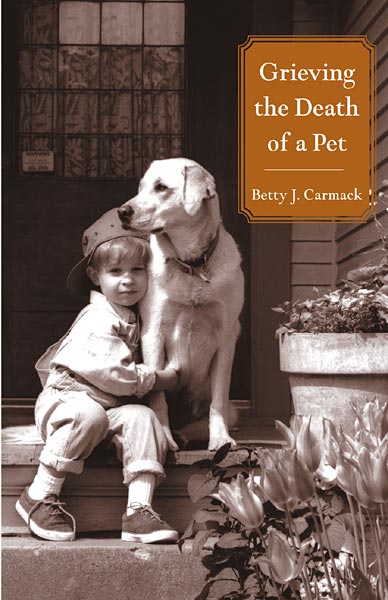
Helping children grieve the loss of a pet
The loss of a pet may be your child's first experience of death—and your first opportunity to teach them about coping with the grief and pain that inevitably accompanies the joy of loving another living creature. Losing a pet can be a traumatic experience for any child. Many kids love their pets very deeply and some may not even remember a time in their life when the pet wasn't around. A child may feel angry and blame themselves—or you—for the pet's death. A child may feel scared that other people or animals they love may also leave them. How you handle the grieving process can determine whether the experience has a positive or negative effect on your child's personal development.
Some parents feel they should try to shield their children from the sadness of losing a pet by either not talking about the pet's death, or by not being honest about what's happened. Pretending the animal ran away, or “went to sleep,” for example, can leave a child feeling even more confused, frightened, and betrayed when they finally learn the truth. It's far better to be honest with children and allow them the opportunity to grieve in their own way.
It's far better to be honest with children and allow them the opportunity to grieve in their own way.
Let your child see you express your own grief at the loss of the pet. If you don't experience the same sense of loss as your child, respect their grief and let them express their feelings openly, without making them feel ashamed or guilty. Children should feel proud that they have so much compassion and care deeply about their animal companions.
Reassure your child that they weren't responsible for the pet's death. The death of a pet can raise a lot of questions and fears in a child. You may need to reassure your child that you, their parents, are not also likely to die. It's important to talk about all their feelings and concerns.
Involve your child in the dying process. If you've chosen euthanasia for your pet, be honest with your child. Explain why the choice is necessary and give the child chance to spend some special time with the pet and say goodbye in their own way.
If possible, give the child an opportunity to create a memento of the pet. This could be a special photograph, or a plaster cast of the animal's paw print, for example.
Allow the child to be involved in any memorial service, if they desire. Holding a funeral or creating a memorial for the pet can help your child express their feelings openly and help process the loss.
Do not rush out to get the child a “replacement pet” before they've had a chance to grieve the loss they feel. Your child may feel disloyal, or you could send the message that the grief and sadness felt when something dies can simply be overcome by buying a replacement.
Making the decision to put a pet to sleep
Deciding to put your animal companion to sleep is one of the most difficult decisions you will ever have to make for your pet. As a loving pet owner, though, the time may come when you need to help your pet make the transition from life to death, with the help of your veterinarian, in as painless and peaceful a way as possible.
Knowing when it's time to put a pet to sleep
Euthanasia for a beloved pet is highly personal decision and usually comes after a diagnosis of a terminal illness and with the knowledge that the animal is suffering badly. Your choices for your pet should be informed by the care and love you feel for the animal. Important things to consider include:
Activity level. Does your pet still enjoy previously loved activities or are they able to be active at all?
Response to care and affection. Does your pet still interact and respond to love and care in the usual ways?
Amount of pain and suffering. Is your pet experiencing pain and suffering which outweigh any pleasure and enjoyment in life?
Terminal illness or critical injury. Have illness or injury prohibited your pet from enjoying life? Is your pet facing certain death from the injury or illness?
Your family's feelings. Is your family unanimous in the decision? If not, and you still feel it is the best thing for your pet, can you live with the decision that you have to make?
If you do decide that ending the suffering is in your pet's best interest, take your time to create a process that is as peaceful as possible for you, your pet, and your family. You may want to have a last day at home with the pet in order to say goodbye, or to visit the pet at the animal hospital. You can also choose to be present during your pet's euthanasia, or to say goodbye beforehand and remain in the veterinary waiting room or at home. This is an individual decision for each member of the family.
You may want to have a last day at home with the pet in order to say goodbye, or to visit the pet at the animal hospital. You can also choose to be present during your pet's euthanasia, or to say goodbye beforehand and remain in the veterinary waiting room or at home. This is an individual decision for each member of the family.
What to expect when putting your pet to sleep
According to the American Veterinary Medical Association, euthanasia for a pet is most often achieved by injection of a death-inducing drug. The veterinarian may administer a tranquilizer first to relax your pet. Following the injection of the euthanasia drug, your pet will immediately become unconscious. Death is quick and painless. Your pet may move its legs or breathe deeply several times after the drug is given, but these are reflexes and don't mean that your pet is in pain or is suffering.
How to explain pet euthanasia to a child
Be honest. Start by explaining that your pet is ill, suffering badly, and that you have the ability to end that suffering in a very humane and gentle way.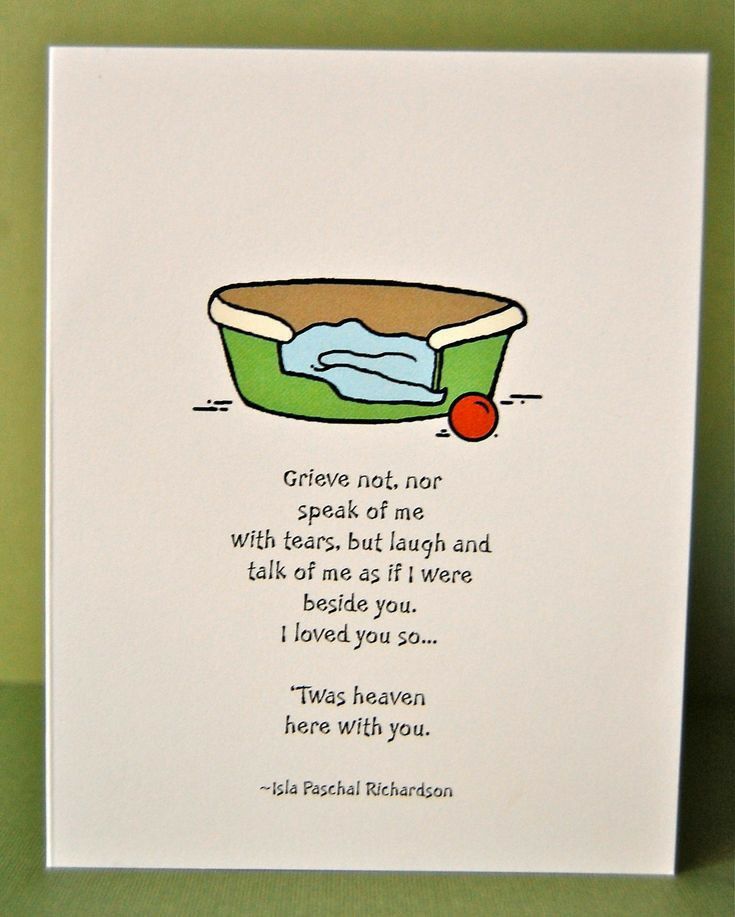 The injection is a very peaceful and painless process for your pet. Sometimes, when you really love a pet, you have to make these kinds of difficult decisions to spare the animal from more pain and suffering.
The injection is a very peaceful and painless process for your pet. Sometimes, when you really love a pet, you have to make these kinds of difficult decisions to spare the animal from more pain and suffering.
- Children tend to feed off of how their parents react. If you're hysterical or feel it's the wrong decision, your child will likely react in a similar way. If you're sad, and deal with that sadness in a healthy way, your child will follow your example.
- As long as you're putting your beloved pet to sleep for the right reasons, tell your children that it is OK to feel sad, but there's no need to feel guilty. You should feel sad, and your children can feel the sadness, but don't mix guilt in with the sadness. One emotion is healthy, the other terribly burdensome.
Getting another dog or cat after pet loss
There are many wonderful reasons to once again share your life with a companion animal, but the decision of when to do so is a very personal one.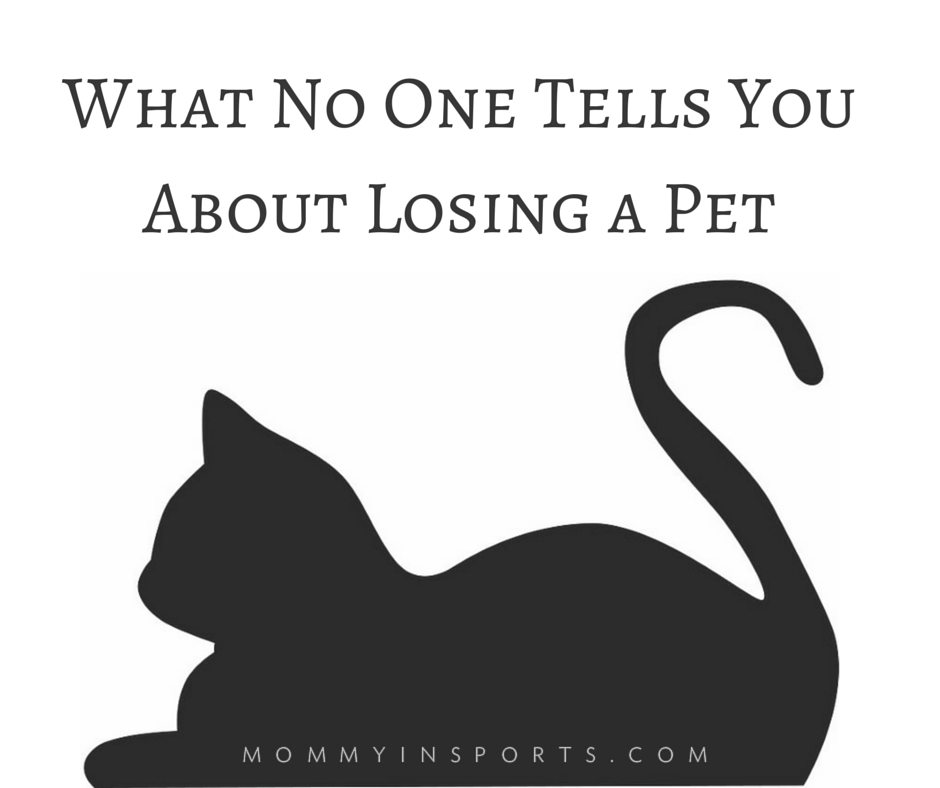 It may be tempting to rush out and fill the void left by your pet's death by immediately getting another pet. In most cases, it's best to mourn the old pet first, and wait until you're emotionally ready to open your heart and your home to a new animal. You may want to start by volunteering at a shelter or rescue group. Spending time caring for pets in need is not only great for the animals, but can help you decide if you're ready to own a new pet.
It may be tempting to rush out and fill the void left by your pet's death by immediately getting another pet. In most cases, it's best to mourn the old pet first, and wait until you're emotionally ready to open your heart and your home to a new animal. You may want to start by volunteering at a shelter or rescue group. Spending time caring for pets in need is not only great for the animals, but can help you decide if you're ready to own a new pet.
Some retired seniors living alone may find it hardest to adjust to life without a pet. If taking care of an animal provided you with a sense of purpose and self-worth as well as companionship, you may want to consider getting another pet at an earlier stage. Of course, seniors also need to consider their own health and life expectancy when deciding on a new pet. Again, volunteering to help pets in need can be a good way to decide if you're ready to become a pet owner again.
Authors: Lawrence Robinson, Jeanne Segal, Ph.D., and Robert Segal, M. A.
A.
- References
Depressive Disorders.(2013). In Diagnostic and Statistical Manual of Mental Disorders. American Psychiatric Association. https://doi.org/10.1176/appi.books.9780890425787.x04_Depressive_Disorders
Zisook, S., & Shear, K. (2009). Grief and bereavement: What psychiatrists need to know. World Psychiatry, 8(2), 67–74. https://doi.org/10.1002/j.2051-5545.2009.tb00217.x
Stroebe, M., Schut, H., & Stroebe, W. (2007). Health outcomes of bereavement. The Lancet, 370(9603), 1960–1973. https://doi.org/10.1016/S0140-6736(07)61816-9
Simon, N. M., Wall, M. M., Keshaviah, A., Dryman, M. T., LeBlanc, N. J., & Shear, M. K. (2011). Informing the symptom profile of complicated grief.
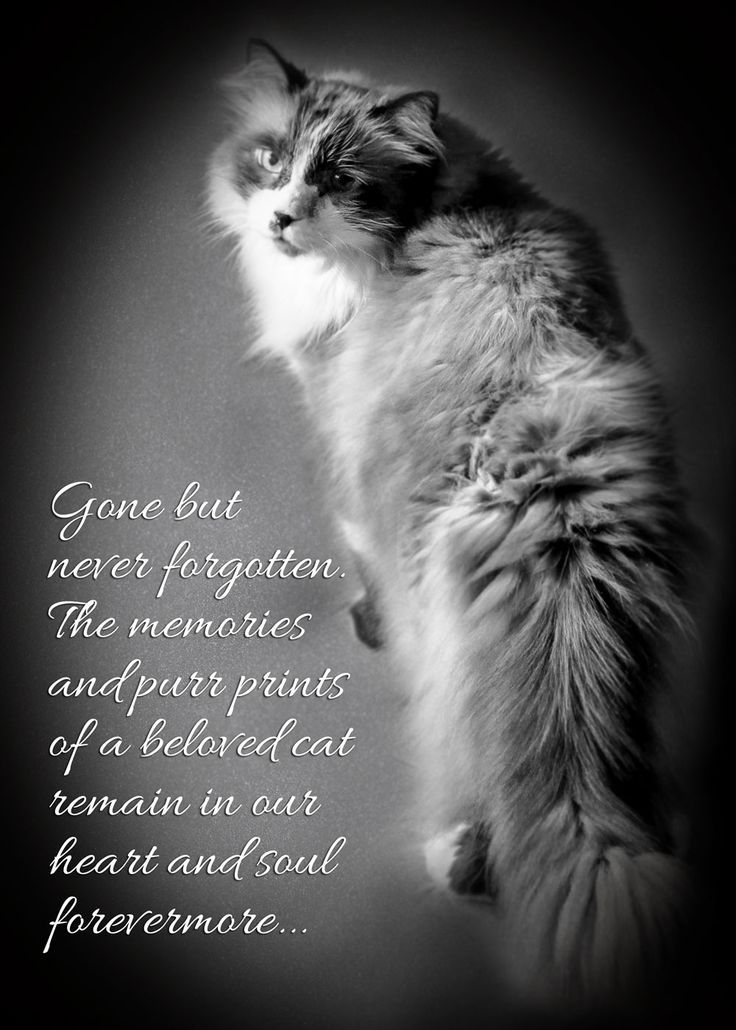 Depression and Anxiety, 28(2), 118–126. https://doi.org/10.1002/da.20775
Depression and Anxiety, 28(2), 118–126. https://doi.org/10.1002/da.20775Corr, C. A. (1999). Enhancing the Concept of Disenfranchised Grief. OMEGA – Journal of Death and Dying, 38(1), 1–20. https://doi.org/10.2190/LD26-42A6-1EAV-3MDN
Cleary, Michelle, Sancia West, Deependra K. Thapa, Mark Westman, Kristina Vesk, and Rachel Kornhaber. “Grieving the Loss of a Pet: A Qualitative Systematic Review.” Death Studies 0, no. 0 (April 21, 2021): 1–12. https://doi.org/10.1080/07481187.2021.1901799
Cordaro, Millie. “Pet Loss and Disenfranchised Grief: Implications for Mental Health Counseling Practice.” Journal of Mental Health Counseling 34, no. 4 (September 24, 2013): 283–94. https://doi.org/10.17744/mehc.34.4.41q0248450t98072
Coping With Death of Pet – Understanding pet loss grief and how to cope with the pain and sadness. (Recover-from-grief.com)
End of Life Care – Coping with the impending loss of a pet. (ASPCA)
Coping With the Death of Your Pet – Tips on how to cope when it's time to say goodbye to a beloved pet.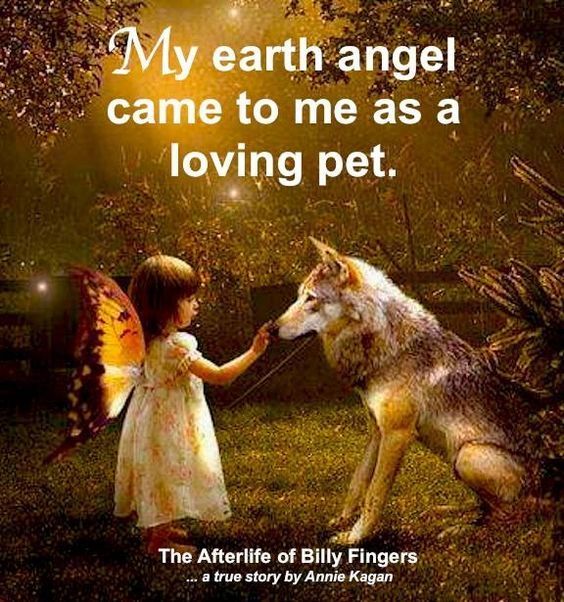 (The Humane Society of the United States)
(The Humane Society of the United States)
Euthanasia of a Beloved Pet – Better understand and deal with euthanasia. (The Association for Pet Loss and Bereavement)
How to Walk a Shelter Pet – Article about walking shelter dogs. Also offers a directory of shelters and rescue groups in the U.S. where you can volunteer to help care for cats and dogs. (Petfinder)
Helplines and support
In the U.S.: Call the ASPCA Pet Loss Hotline at 877-474-3310
In the UK: Call the Pet Bereavement Support Service at 0800 096 6606.
In other countries: Visit Chance's Spot to find support near you.
Last updated: December 5, 2022
Coping with the loss of a pet
When a beloved pet dies, the loss can bring grief and intense sorrow. By physically showing your grief, you actively mourn the death of your beloved pet. This active mourning helps move you on a journey toward reconciling with the loss of your pet.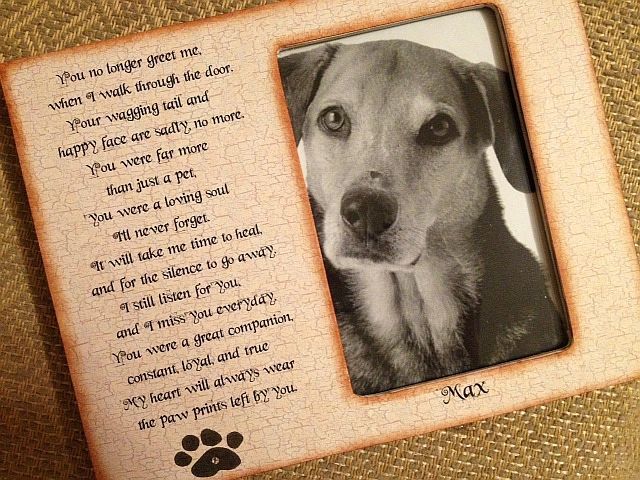
What should you do?
Your journey of grief will not take on a prescribed pattern or series of stages. While you are actively mourning your loss, consider the following:
- Acknowledge the reality of the death—Acknowledging the full reality of your loss may take weeks or months, and will happen in a time that's right for you. Be kind to yourself as you adjust to life without your beloved pet. Just as it took time to build the relationship with your pet, it will take time to get used to him or her not being there.
- Move toward the pain—Experiencing your emotions following the death of a pet is difficult, but important. A healthier grief journey may come from taking your time to work through your feelings rather than trying to push them away or ignoring them.
- Continue your relationship through memories—Your memories allow your pets to live on in you. Embracing these memories, both happy and sad, can be a very slow and, at times, painful process that occurs in small steps.
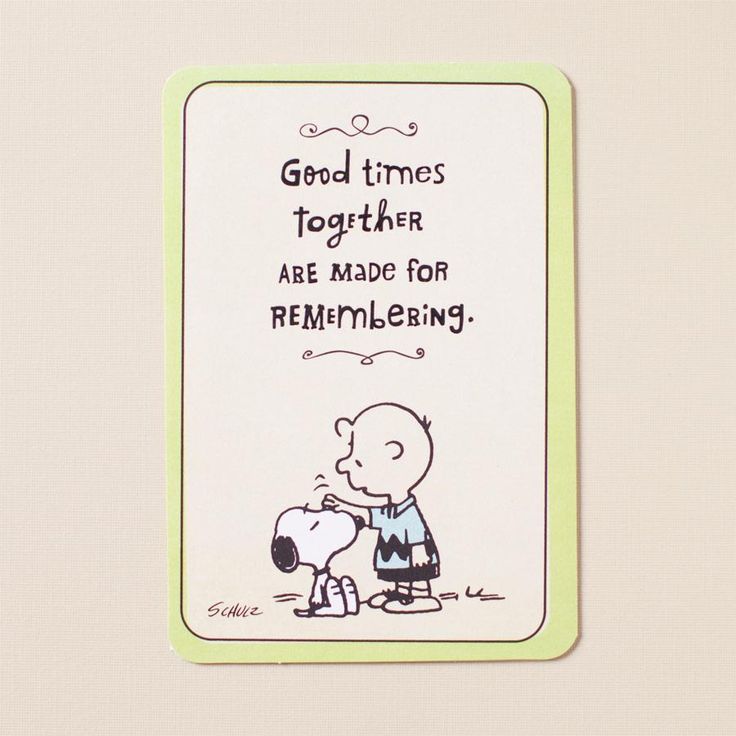 For example, take some time to look at past photos, write a tribute to your pet, or write your pet a letter recalling your time together.
For example, take some time to look at past photos, write a tribute to your pet, or write your pet a letter recalling your time together. - Adjust your self-identity—Part of your self-identity might come from being a pet owner. Others may also think of you in relation to your pet. You may be “the person who always walked the big black dog around the neighborhood” or “the friend whose cat always jumped on laps.” Adjusting to this change is a central need of mourning.
- Search for meaning—When a pet dies, it’s natural to question the meaning and purpose of pets in your life. Coming to terms with these questions is another need you must meet during your grief journey. Know that it's the asking, not the finding of concrete answers, that is important.
- Accept support from others—You need the love and support of others because you never "get over" grief. Talking or being with other pet owners who have experienced the death of a pet can be one important way to meet this need.

Things to remember
The experience of loss is different for everyone and can present unique challenges.
The deafening silence—The silence in your home after the death of a pet may seem excruciatingly loud. While your animal companion occupies physical space in your life and your home, many times their presence is felt more with your senses. When your pet is no longer there, the lack of their presence—the silence—can become piercing. It becomes the reality of the “presence of the absence.” Merely being aware of this stark reality will assist in preparing you for the flood of emotions.
The special bond with your pet—The relationship you shared with your pet is a special and unique bond, and some people might find it difficult to understand. You may have well-meaning friends and relatives who think you shouldn't mourn for your pet or tell you that you shouldn't be grieving so much because “it’s just a cat” or “just a dog.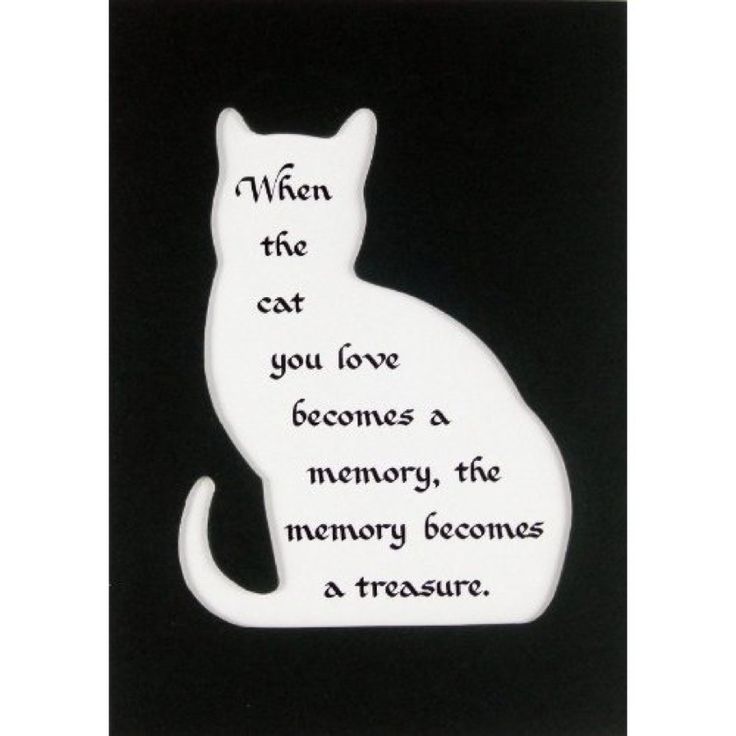 ” Your grief is normal, and the relationship you shared with your special friend needs to be mourned.
” Your grief is normal, and the relationship you shared with your special friend needs to be mourned.
Grief can’t be ranked—Sometimes our head gets in the way of our heart’s desire to mourn by trying to justify the depth of our emotion. Some people will want to “rank” their grief, comparing their grief emotions with others whose grief might be “worse.” While this is normal, your grief is your grief and deserves the care and attention of anyone who is experiencing a loss.
Questions of spirituality—During your grief journey, you may find yourself questioning your beliefs regarding pets and an after-life. Many people around you will also have their own opinions. It will be important during this time for you to find the answers right for you and your individual and personal beliefs.
This information is based on AVMA's client brochure, Pet Loss and Grief, developed with help from Coleen A. Ellis, CT, CPLP.
advice and recommendations from veterinarians
← Back to the blog
In this article we will touch on a difficult question. How to deal with the loss of an animal?
Losing pets is hard. We live with them a lot of emotions, they become our true friends, family members, we care about them and love them. A strong bond is formed between man and animal. This is why the loss of a pet is so hard.
Below we will tell you about the stages of living with grief, so that you understand what happens to a person in the process of loss and advise on how to survive the loss yourself or help another. nine0003
Stages of grief:
Shock. A state of numbness, lack of reaction to strong stimuli (they shout at you, but you do not hear), lack of emotional reactions.
⠀• At this stage, all you can do for yourself or for another is to be near or in contact with yourself. After a while, the owner of the pet will come to his senses, and the presence of someone who can help will be important to him.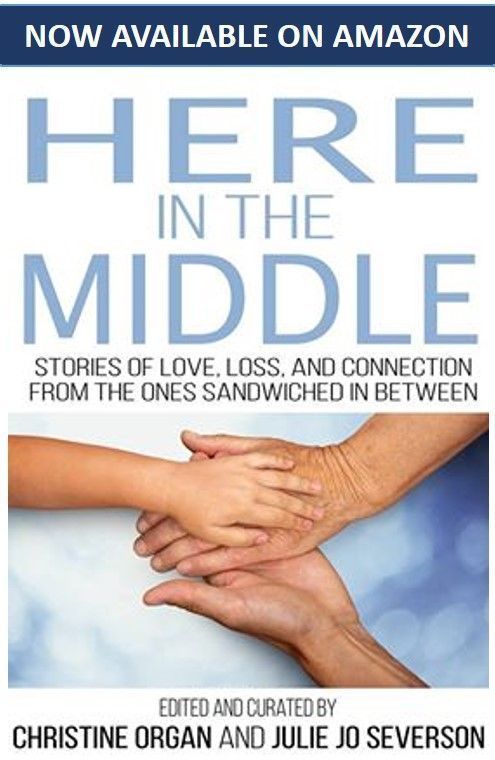 The result of living this stage is the recognition of what happened: this could really happen. It will take a long time before the full acceptance of the fact of death. nine0003
The result of living this stage is the recognition of what happened: this could really happen. It will take a long time before the full acceptance of the fact of death. nine0003
Negation. "This couldn't happen."
At this stage, you will be waiting for the pet to come running to the door when you get home. You can habitually put food in his bowl or go to the cage to pet the rodent. If the animal died in the clinic, you will wait for the doctor's call that the pet has woken up. But every time you will face the inevitable reality - the pet is no more.
• From now on, it is important to support yourself: cry, scream, experience emotions and feelings as you feel comfortable. You need a lot of energy and strength to live through the loss, give them to yourself. Be attentive to the environment: if they say “this is nonsense, just a hamster, we will buy a new cat”, etc. better limit communication with these people for a while. That kind of support won't help. nine0003
• If you want to support a loved one at the time of the loss of an animal, just be there. Speak out the person’s emotions (yes, you are in unbearable pain right now), provide a supportive environment.
Speak out the person’s emotions (yes, you are in unbearable pain right now), provide a supportive environment.
Most importantly, do not devalue feelings and do not offer to "make sure" of death (look, he died), so you will not do better.
Aggression.
⠀ At this stage, in addition to grief, pain and sadness, anger also appears: At oneself, doctors, relatives and anyone who was involved in the life of an animal. It is important to remember that this anger is not real. More often than not, we cannot pinpoint who is responsible for the death of an animal (yes, there are exceptions). This anger is about general anger at the situation, at injustice. It's about your pain and despair. nine0003
⠀• Help yourself to be angry. But remember that looking for someone to blame will lead to nothing but quarrels. And if you help another to survive the loss, contain his anger: “Yes, you are angry now, I understand you, I am near and hear everything.”
Depression.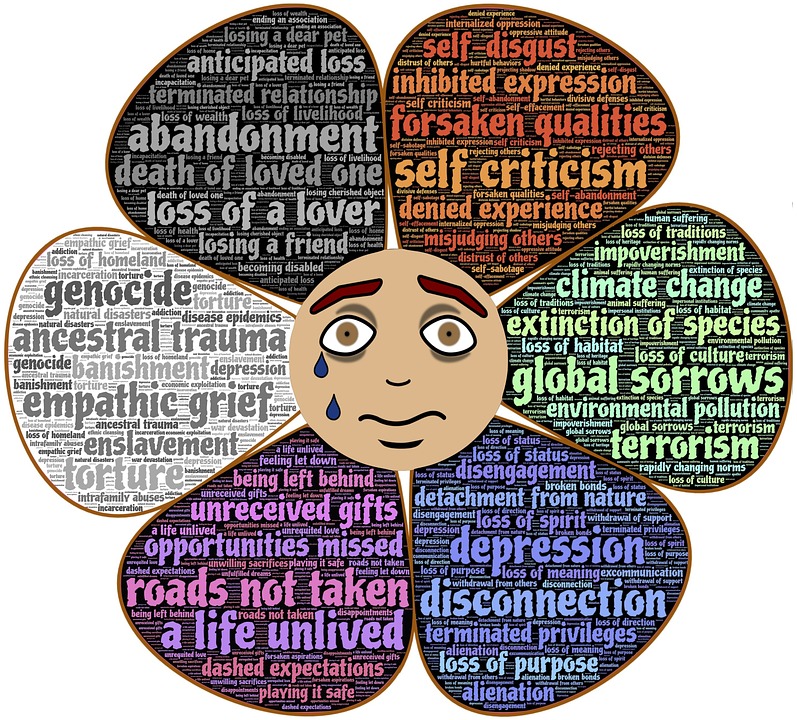
This stage is characterized by unemotional living. When there is no more strength to cry, get angry, scream. You simply exist. But inside you are still hurt and sad.
⠀• It is important to live this state and stay in it. Don't rush yourself, give yourself as much time as you need. nine0003
Adoption.
Acceptance and awareness of the fact that the pet is no more. Getting used to a new life without him. At this stage, you will already be able to remember your pet without much pain. You will have bright memories of a friend, of those pleasant feelings that you experienced while living together.
Things to remember:
We can overcome grief.
Give yourself time.
Your experiences are important.
⠀ If you can’t cope on your own, seek help from a specialist, this is a normal practice. you will not be judged. nine0003
Do not forget about sleep, food and physical activity.
Support the body so that you have the strength to support yourself.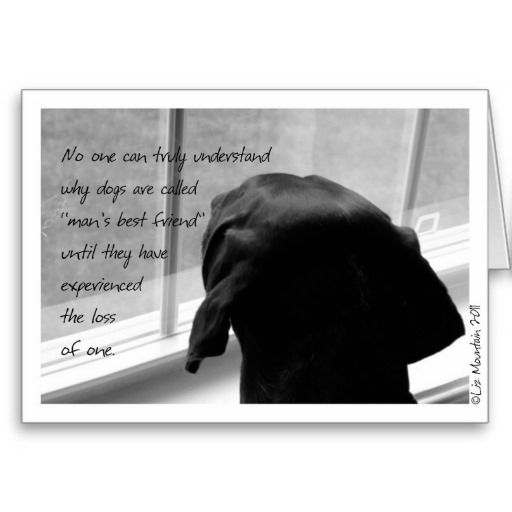
To help everyone who is faced with the loss of a pet, there is a wonderful children's book "Farewell, Mr. Muffin." Even if you are an adult, or you need to tell a child about the death of an animal, this book will help you find the right words or support you a little in coping with grief.
nine0003
Share
← How to properly feed rabbits? What can you get from a street animal? →
How to survive the death of a pet - we will tell in our article
The realization that the last days of a furry friend's life are coming is one of the most difficult periods for the owner. Whether your pet is dying of old age or has been diagnosed with an incurable disease, it is important to surround the dog with love, attention and care, to minimize any discomfort and brighten up the remaining days of his life. nine0003
As a pet's health declines and its condition worsens, the owner is faced with a difficult choice: care for the animal to its last breath or put an end to its torment by euthanasia. It is very difficult to let go of your friend, but in this situation you cannot give in to emotions and think only about your feelings, it is important to realize how physically difficult it is for a dog in its last days.
It is very difficult to let go of your friend, but in this situation you cannot give in to emotions and think only about your feelings, it is important to realize how physically difficult it is for a dog in its last days.
It takes tremendous courage to take on this last responsibility and at the same time the responsibility for a beloved pet that has given unconditional love and caress for so many years. nine0003
Before making a decision, you should consult with your veterinarian about alternative methods of relieving your pet's pain and suffering. Do not blame the problem only on your shoulders, share it with your friends, your family and find the only right solution for the current situation. The bitter truth is that if your pet is terminally ill and suffering, then he will most likely die in agony.
About Euthanasia for Animals
Every pet owner hopes that a dying pet will have an easy care, ideally in a dream. Animal euthanasia provides a painless humane death by intravenous injection of a special substance. During the procedure, the veterinarian will inject the pet with a sedative. The animal will not feel anything, the process is similar to the introduction of anesthesia and takes less than half a minute. nine0003
During the procedure, the veterinarian will inject the pet with a sedative. The animal will not feel anything, the process is similar to the introduction of anesthesia and takes less than half a minute. nine0003
You can call the veterinarian for the procedure at home or take the dog to the clinic. To be present at the very moment of injection next to the animal or not, everyone decides for himself. If it is very difficult emotionally to watch your beloved pet leave before your eyes, you can say goodbye to him and wait in the next room.
In no case do not show your emotions to the dog, because for him this is an ordinary trip with the owner, and he does not know that you will have to return back alone. nine0003
How to cope with the loss of a pet?
Everyone handles the loss of a beloved animal differently: someone comes to his senses faster, others have to get out of a protracted depression. It is important to remember that your feelings are completely normal. Grief and anger are natural responses to the death of a pet.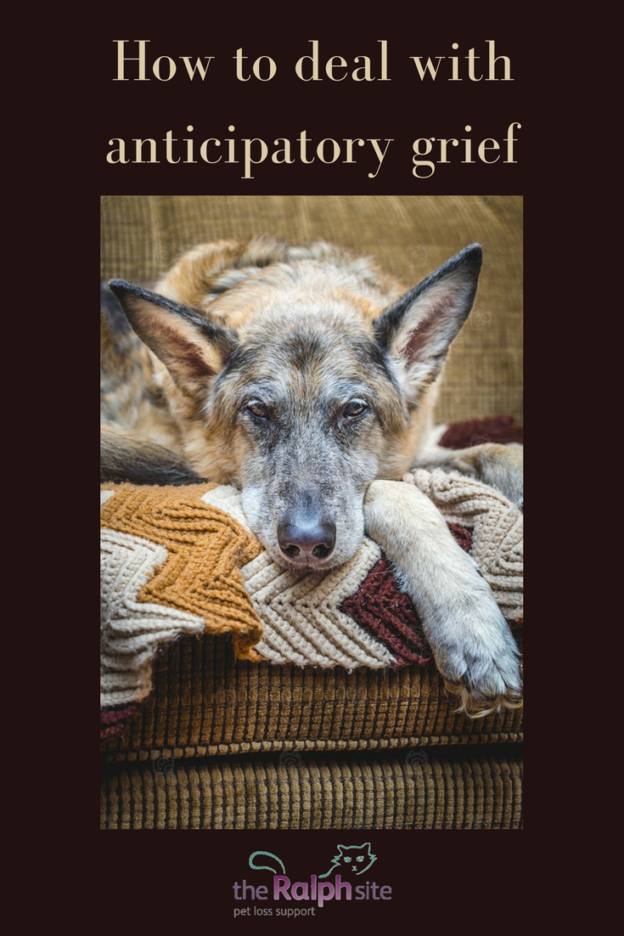 Do not blame yourself for helping the animal get rid of pain and suffering. Performing an act of mercy, do not reproach yourself for it.
Do not blame yourself for helping the animal get rid of pain and suffering. Performing an act of mercy, do not reproach yourself for it.
Relief of mental suffering will come, every day the pain becomes less. There are no universal tips to help cope with the feeling of loss, but you can try to ease the mental anguish. nine0003
1. Fill the void
You got up early every morning to walk the dog, spent a lot of time with him. Find something serious to do during this time: you can go jogging in the park, go to the gym, enroll in a dance school, get an extra job. This will help you relax.
2. Remember about death
While you mourn your pet, life passes by, you do not notice the joyful events around. Death is a natural part of existence and no one is immune from it. It is not known how much is given to each, and it is not worth wasting time on grief. nine0003
3. Talk about your feelings
Do not keep emotions in yourself, tell your relatives and friends about your feelings.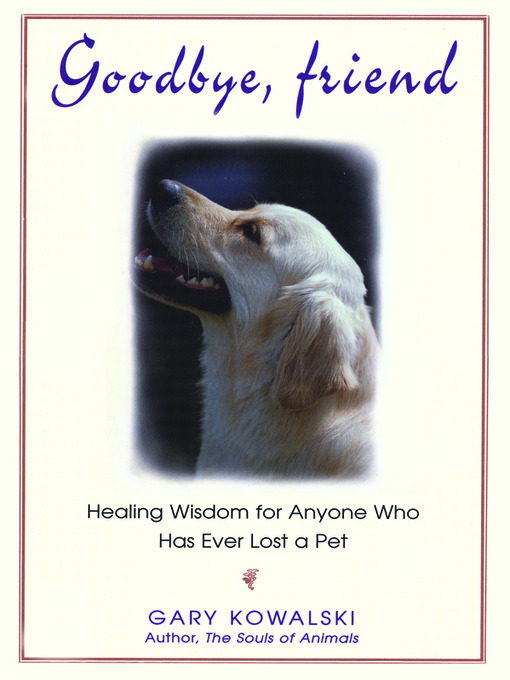 No need to try to seem stronger, give vent to your pain. If there is no one to talk to, write a letter to your departed friend, on paper you can express everything that has accumulated in your soul.
No need to try to seem stronger, give vent to your pain. If there is no one to talk to, write a letter to your departed friend, on paper you can express everything that has accumulated in your soul.
4. Preserve Memories
Put bowls, toys, bedding, dog pictures in a box and put away in a back corner. Someday you will be ready to take it out and indulge in pleasant memories with a little tinge of sadness. nine0003
5. Get a new pet
In the early days of grief, you won't even be able to think about replacing your beloved friend. This step should not be regarded as a betrayal. Just give your soft fluffy ball some love and care. With this, you can fill a giant hole in your life.
How to bury a pet?
In large cities there are specially designated places for the burial of pets, you can even set up a small monument. There is nothing unnatural in this, in civilized countries such a service has existed for a very long time. It’s not normal just to wrap the corpse of a pet in a bag and throw it into the nearest trash can.
